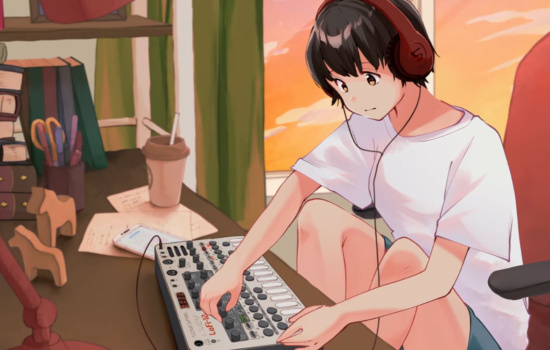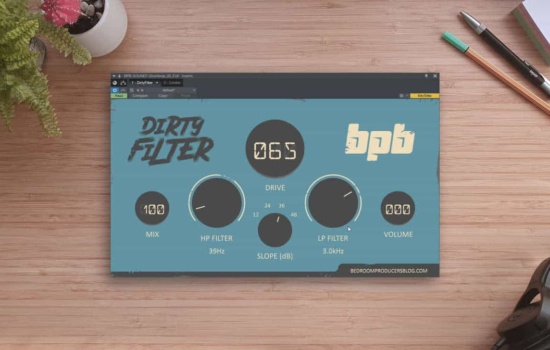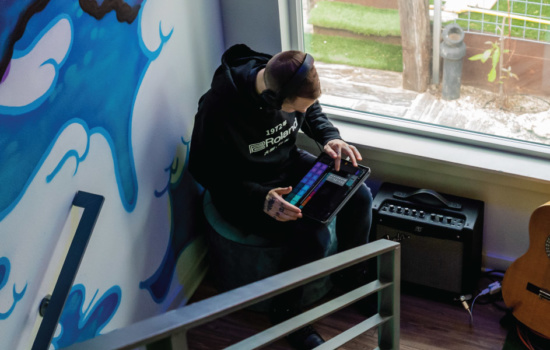My favorite thing about streaming sites is they aren’t nearly as influenced by power players and gatekeepers as almost every other part of the music industry. Sure, preferential treatment is still given to those who already have hits and a fan base, or to those acts being pushed by major labels, but there is plenty of room for the big guys and the many, many newcomers who seem to blow up in short periods of time on streaming platforms.
In the past, getting serious attention and making it big relied almost entirely on being signed to a record label. They controlled which records and CDs were in stores, they had the money to promote a song to radio, and they had the large PR departments that could help break a new act. Independent artists simply didn’t have the opportunities they have now, which have all been created by the internet.
Instead of being chosen by a handful of executives in a room somewhere, nowadays, what becomes a hit is being determined by listeners and those looking to discover some new, unheard gem. Those looking for tunes they haven’t heard before don’t need to switch back and forth between radio stations any longer hoping for something fresh.
Instead, they can simply browse a site like Spotify, where in an hour a power user can sample one hundred brand new tracks. From there, the best, the catchiest, and the most attention-getting pieces naturally rise to the top, as people hit play again and again, adding these songs to playlists and sharing them with friends.
There have been many examples of indie artists uploading their wares, and within just a few months, they have a hit — a word one the verge of being redefined, thanks to streaming. A hit song used to be one played all over the radio and which sold thousands of copies in record stores, but now anybody anywhere can score a serious “hit” by racking up streams in a short time online.
For perhaps the first time in history, streaming services allow it to truly be all about the music, as opposed to any form of influence. Democracy has finally come to the music industry.
It might be difficult to break through at times, but there has never been a time in history when so many music lovers were all gathered in just a few spaces online, waiting to click on your song. This is why streaming should always be a focal point of any marketing or promotional efforts.
What is the biggest music streaming service?
While we could discuss revenues and other metrics that may determine which music streaming service is the “biggest,” the number that’s often cited for each company is how many users or subscribers it has. Those numbers are often different, as subscribers are almost always paying customers, while users include those indulging in free tiers.
Here’s a look at the top five music streaming services, based on the number of paying subscribers:
- Spotify – 182 million
- Tencent Music – 80.2 million
- Apple Music – 60 million
- Amazon Music – 55 million
- YouTube Music – 50 million
And here’s a list of the top five most popular music streaming sites, based on total number of users:
- YouTube – 2 billion
- Tencent Music – 604 million
- Spotify – 422 million
- Gaana – 185 million
- NetEase Cloud Music – 181.7 million
It’s worth noting that some of these figures are several years old, but companies like Apple Music and Amazon Music don’t regularly update their subscriber numbers.


























